The Nitrogen Cycle – The Most Important Cycle for Fish
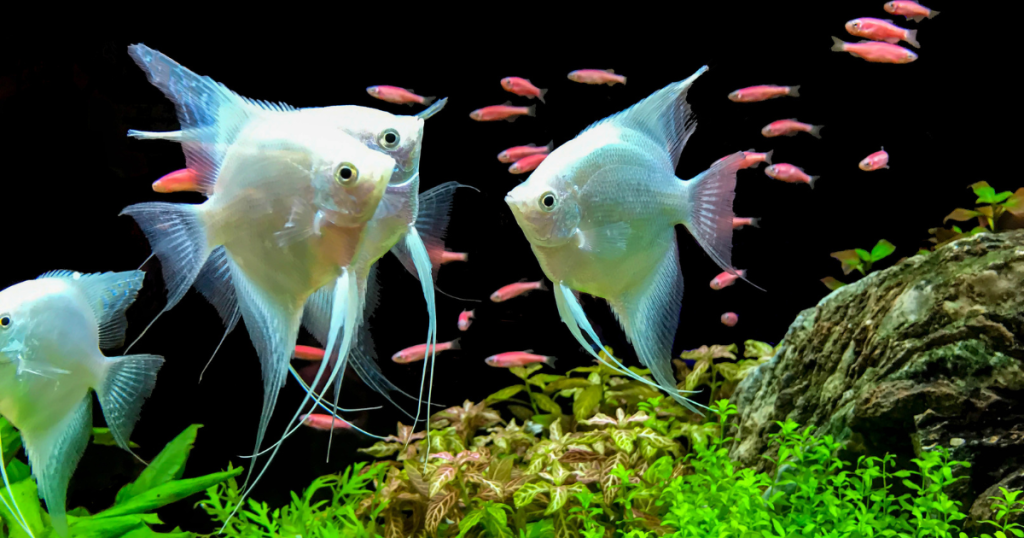
In the world of your aquarium fish, the Nitrogen Cycle unfolds as an incredible balancing act performed by nature. Waste is produced and then this waste is consumed by microorganisms. Or better know as our beneficial bacteria friends! They then convert that waste into food for plants and algae. Then our plant friends will convert the waste (their food) back into a safe form for aquatic life.
Thus, the nitrogen cycle, with all parts working together create a thriving aquatic community.
However, this cycle can be a delicate balancing act, because when an aquariums beneficial bacteria population become low to non-existent your aquariums fish will soon begin to suffer.
Understanding the Nitrogen Cycle
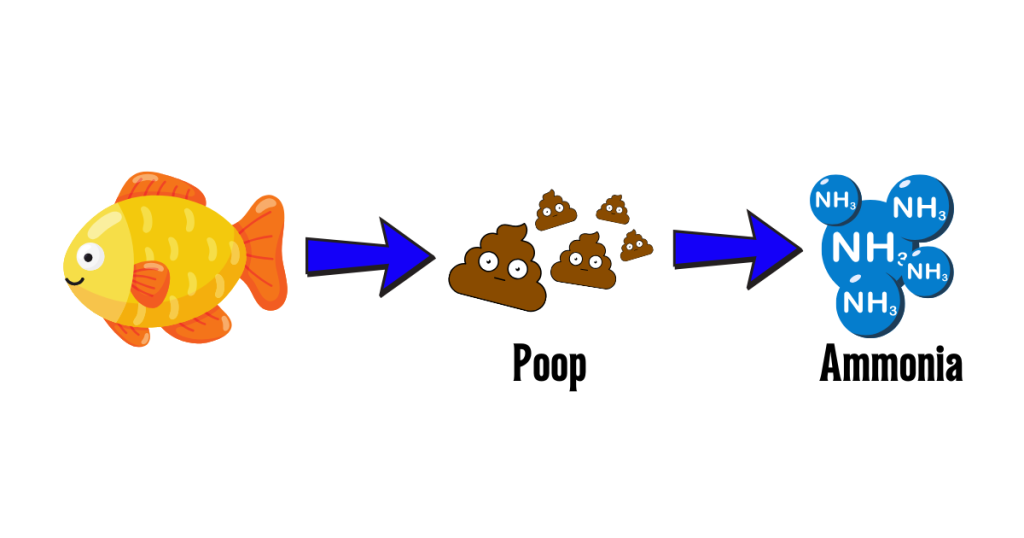
Fish eat and then fish poop! Because all fish poop is ammonia, your fish will suffer if it becomes too much. Ammonia is very toxic! Consequently too much can cause many issues for your fish.
Burning gills, which will look red or inflamed. Lethargy and loss of appetite. Gasping for breath. Erratic and abnormal swimming patterns. Red or bloody patches on the body. And, cloudy or discolored eyes. As a result, this can lead to your fish laying on the bottom of the aquarium and even death.
However! There is a process to balance everything!
Step 1 of The Nitrogen Cycle Converting Ammonia to Nitrite
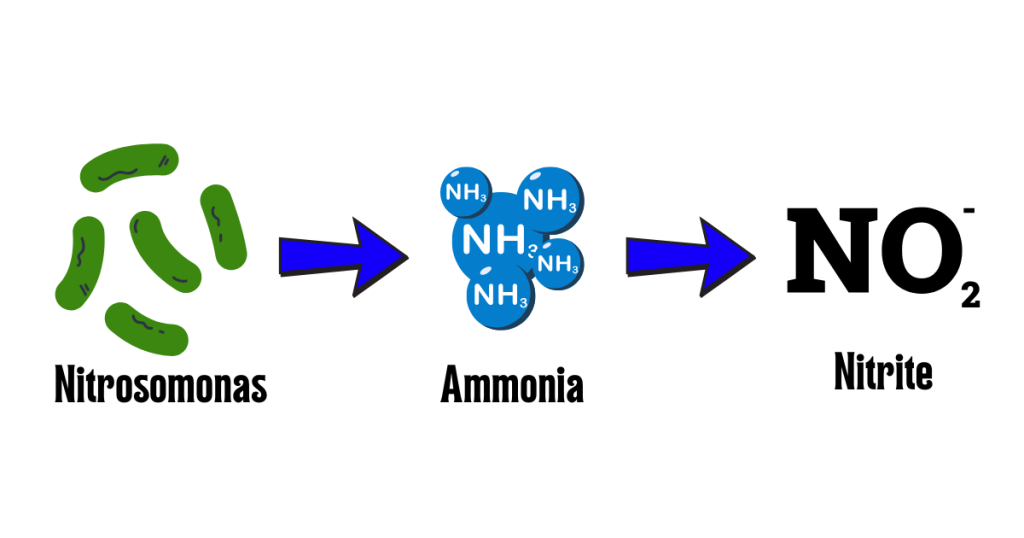
Beneficial bacteria No 1. These bacterium, named Nitrosomonas, are ammonia-oxidizing bacteria. They convert ammonia into nitrite through a process called nitrification.
Nitrosomonas Ideal Water Conditions
- Temperature – 68-86°F
- pH – 6.0 – 9.0
- Requires plenty of oxygen
- Diet – Ammonia & Carbon Dioxide
Step 2 of the Nitrogen Cycle Converting Nitrite to Nitrate
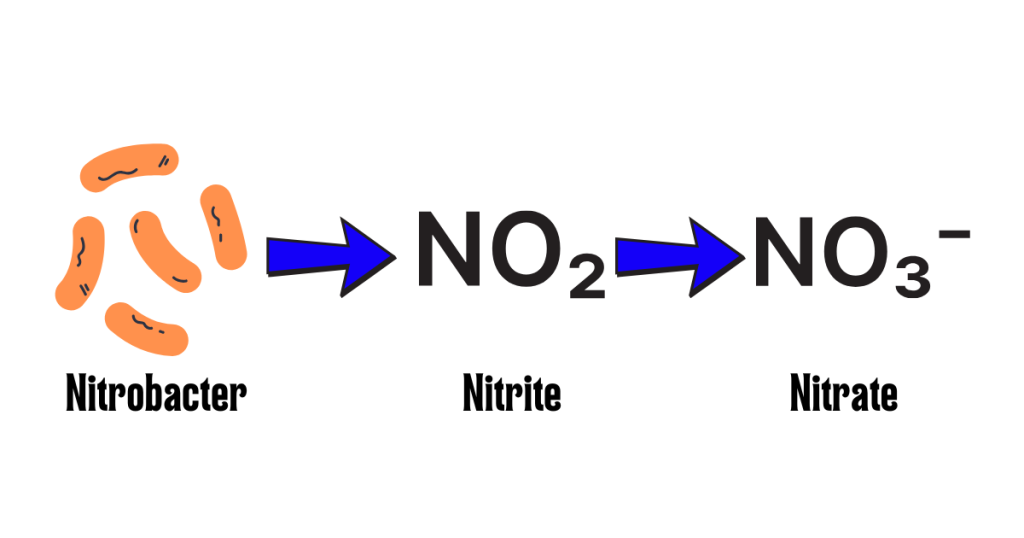
This is where beneficial bacteria No 2 starts its work. This bacterium, named Nitrobacter, is also an oxidizing bacterium. These work hard to convert toxic nitrite into nitrate.
Nitrobacter Ideal Water Conditions
- Temperature – 68-86°F
- pH – 7.0 – 7.9
- Requires plenty of oxygen
- Diet – Nitrite
Step 3 of The Nitrogen Cycle Reducing Nitrates
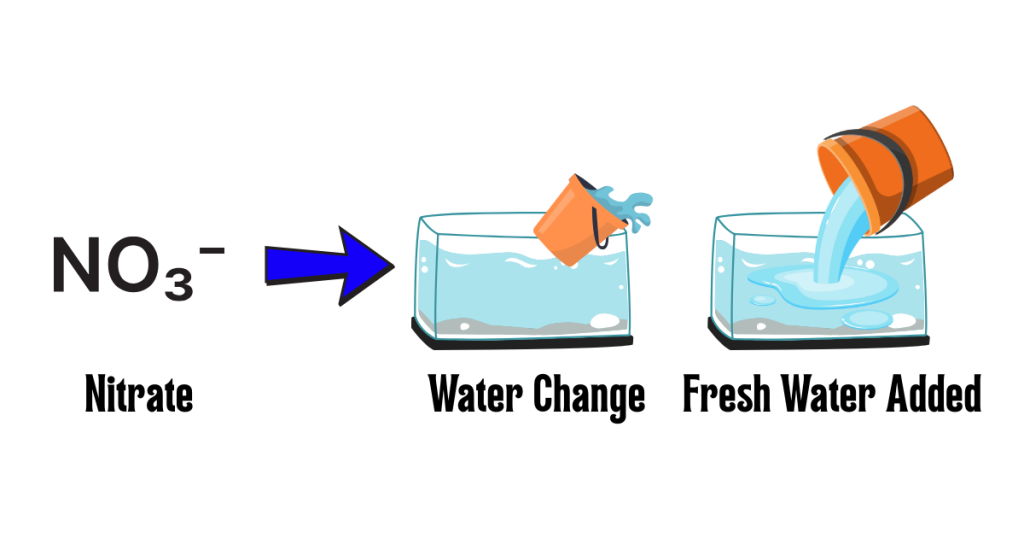
Nitrates are the least toxic and harmful of the ammonia breakdown process. However, over time if you allow them to build up then they can become toxic to fish, causing many issues. High nitrates can leave your fish highly stressed and susceptible to disease. Stunting their growth, creating lethargy, and reproductive problems. And in some rare cases, even death. In addition, high levels of nitrate can cause excessive algae growth. As a result, too much algae growth will reduce oxygen leading to oxygen depletion for fish.
In order to prevent a nitrate buildup, perform a 20 – 25% water change weekly. Monitor your feeding schedule to prevent overfeeding. Also, maintain your filter and change your media on time. As well, you can grow live plants because plants will consume nitrates for breakfast lunch and dinner!
Understanding the nitrogen process is one of the most important aspects of fish keeping! In fact, your main goal as a fish hobbyist is to create the perfect balance of beneficial bacteria with the nutrients required to for them to flourish.
Staying Healthy with Beneficial Bacteria
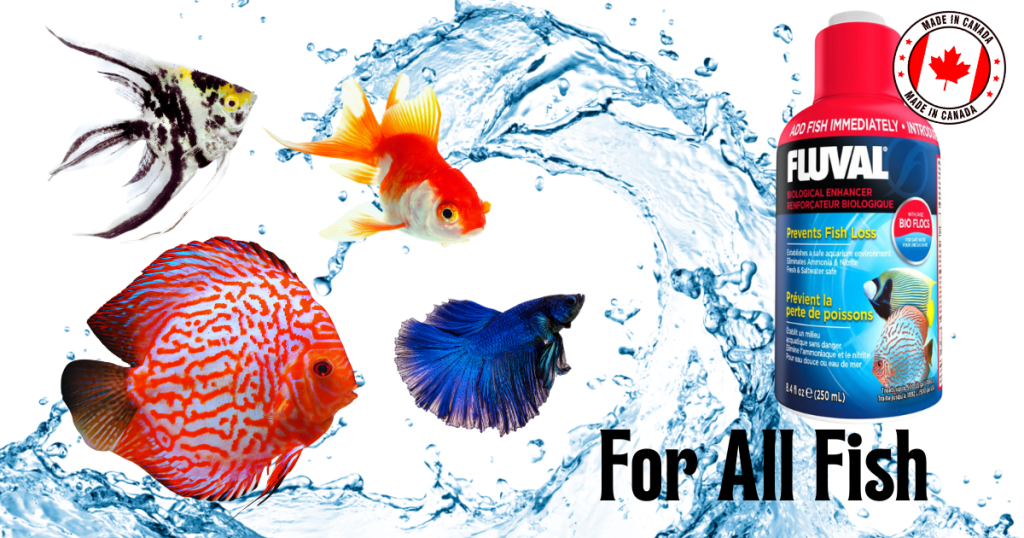
Lucky for fish keepers there are products available! As well, they come with ready-to-use flocs of beneficial bacteria. In addition, our favorite one is made right here in Canada! Fluval Biological Enhancer comes infused with a powerful team of the good guys who get to work right away, so you can keep your aquarium fish happy and healthy!
Read here about keeping your aquarium sparkling at all times!
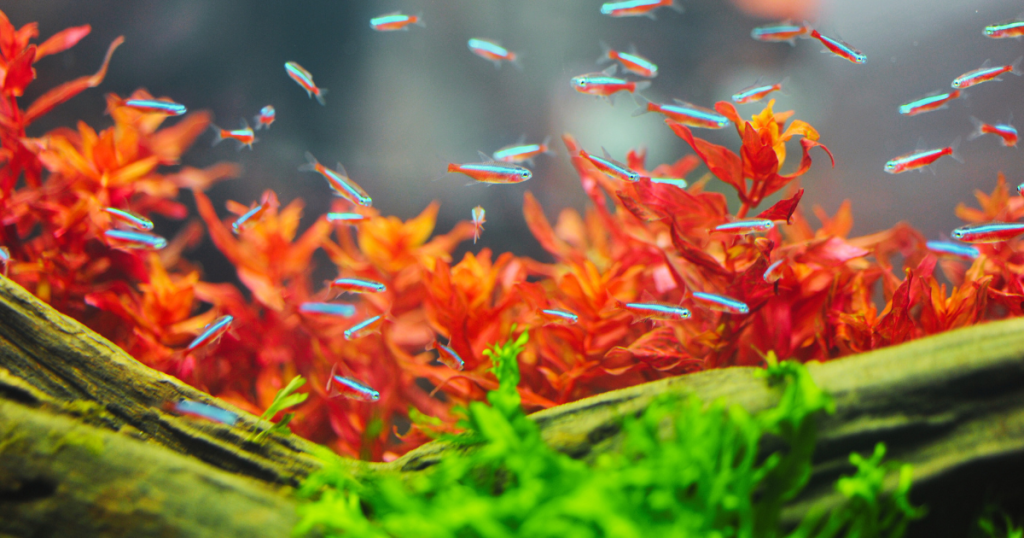
Stay in Touch With Us!
Be the first to find out about new arrivals, in store only specials, flyer sales, workshops and more! Subscribe to our weekly newsletter.
